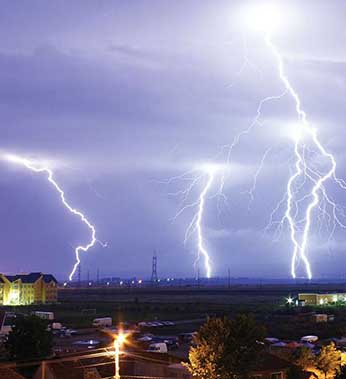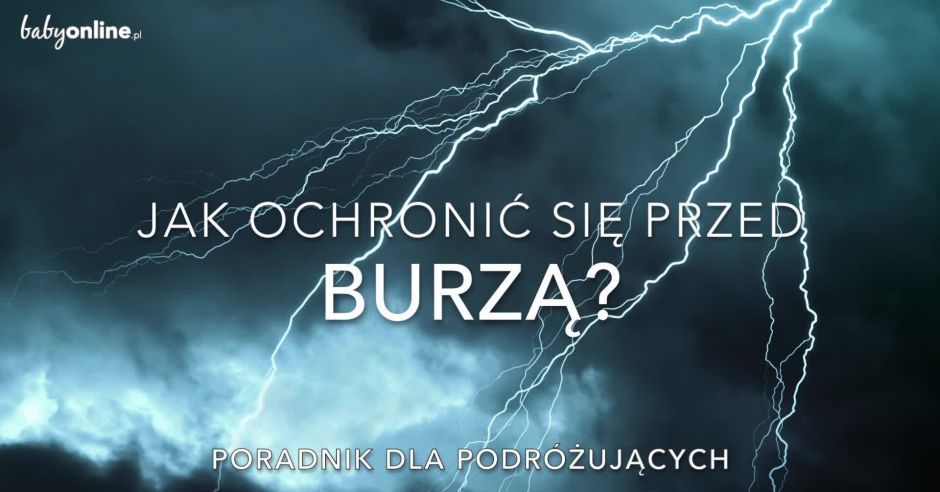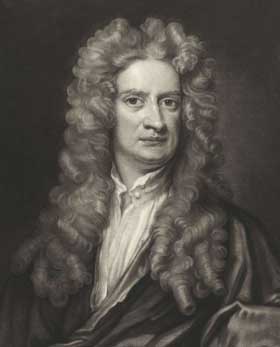Is there a ball lightning?

Above 200 years ago, the crew of the ship HMS Warren Hastings reported, that she was attacked by giant fireballs, which have fallen from heaven. Mysterious fireballs reportedly set the ship on fire and killed several people. A hundred years later, a "dazzling ball of electric fire" appeared in the cottage, where the British occultist Aleister Crowley stayed , which he described in detail in his autobiography. He argued, that the floating ball exploded immediately, slightly shaking his hand. Terrifying, this mysterious and potentially dangerous phenomenon is known today as fireball.
Mysterious sightings, the floating balls of light captivated mankind in many different cultures, inspiring tons of fantastic explanations and mythical stories. In Australian folklore, Outback are called Min Min lights – weird, blurry balls of light, who follow people in the night. Japanese hitodama are ghostly fireballs, considered to be ghosts of souls separated from their physical bodies after death. They are called will-o-the-wisps in English folklore , interpreted as mischievous fairies, who try to lead travelers astray. Scientists have found possible explanations for many of them: some believe, that the Min Min lights are just a mirage of artificial lights projected over long distances, while fireflies were mainly attributed to a chemical reaction caused by organic decay in the swamps. The mysterious ball-shaped lightning is another such phenomenon, which caught the attention of scientists, but unlike the firefly, most of it eluded the obvious explanation of its existence. Although there are many theories, which try to explain its origin, some say, that the phenomenon is merely a hallucination, thus a product of the overactive imagination of the observers.
According to observers, ball lightning appears as a hissing lightning ball with a diameter of 1 do 100 centimeters, which appears during a storm, often levitating above the ground and moving regardless of the intensity and direction of the wind. Often colorful, Red, Orange, yellow or blue lightning bolts are described as sometimes entering buildings and exploding, by setting an area on fire or even injuring people in the vicinity. Many observers also note a distinct sulfur smell after it has disappeared. The phenomenon has been described all over the world. Engraving on the door of the Golden Temple in Amritsar, Indie, describes, like a lightning ball entered the temple and exploded, as witnessed by hundreds of believers. The Russian Tsar Nicholas II described the meeting, in which a fiery ball of lightning flew into his room. Ball lightning reappeared and was documented by the Qinghai, China storm-watching team in 2012 year. Despite many such cases, Photos and videos to prove lightning are extremely rare. The laboratory of attempts to recreate and explain the ball lightning was not completely successful, although some are promising.
The lack of concrete evidence of a lightning bolt in the form of a ball prompted some researchers to question its existence beyond anecdotes. A study conducted in 2010 years suggested, that electric currents induced by lightning discharges can affect visual perception, and observers often report, that they can see light disks moving when exposed to shock. Though it could certainly explain, why ball lightning is most often seen during storms or after a lightning strike, does not explain the reports, in which many eyewitnesses describe the same details, or when the ball lightning caused physical damage to the surroundings after the blast. Visual perception does not take into account other sensations either, such as the common description of the sulfuric smell of lightning after it has disappeared.
If there is a ball lightning, scientists disagree on this, how and why this happens. There are many competing theories, that are trying to decipher the nature of ball lightning. One of the most significant studies was conducted by the Russian researcher Piotr Kapitsa, who suggested, that the ball discharges were caused by standing waves of electromagnetic radiation, although this theory has been criticized and questioned by other scientists. Other proposals for a fundamental definition of a ball lightning range from microwave radiation trapped in plasma to nanobatteries made up of particle aerosols. One of the most fascinating cases of ball lightning research has happened, when it was considered a kind of weapon. In the 1960s, the US government explored the use of ball lightning energy to develop plasma weapons. At the beginning of the 21st century, the Missile Defense Agency financed the development of ball lightning weapons, which would be capable of disabling electronic devices and missiles. However, until 2020 year such a weapon does not exist.
At the same time, the ball lightning captured the human imagination and missed a clear scientific explanation for centuries. Although we don't understand it, it's not uncommon to see ball lightning – some statistics give, that its frequency is the same, like ordinary lightning strikes. Let's hope so, that in an era of near-ubiquitous cameras, there will be more evidence for analysis and debate.











